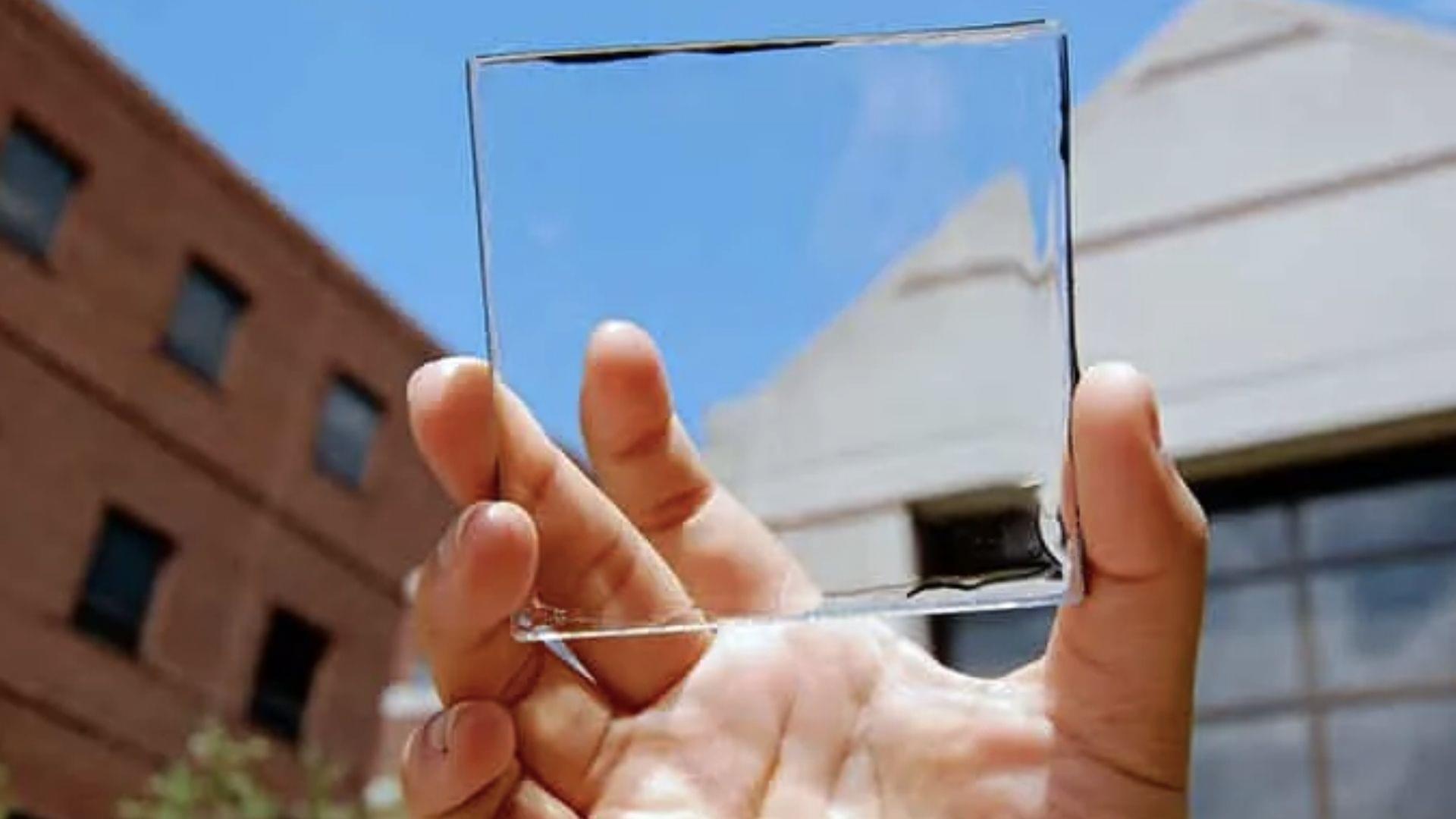
Category: solar power – Page 76


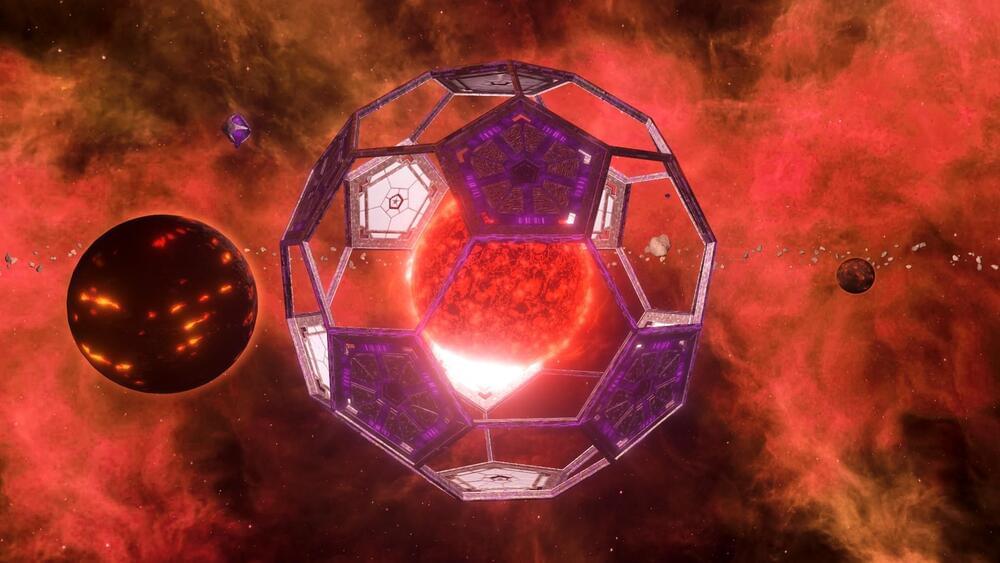
When Will Humanity Become a Type I Civilization?
Can humanity become a Type I civilization without causing our own Great Filter?
There are several ways we can measure the progress of human civilization. Population growth, the rise and fall of empires, our technological ability to reach for the stars. But one simple measure is to calculate the amount of energy humans use at any given time. As humanity has spread and advanced, our ability to harness energy is one of our most useful skills. If one assumes civilizations on other planets might possess similar skills, the energy consumption of a species is a good rough measure of its technological prowess. This is the idea behind the Kardashev Scale.
Russian astrophysicist Nikolai Kardashev proposed the scale in 1964. He categorized civilizations into three types: planetary, stellar, and galactic. A Type I species is able to harness energy on a scale equal to the amount stellar energy that reaches its home planet. Type II species can harness energy on the scale of its home star, and Type III can harness the energy of its home galaxy. The idea was further popularized by Carl Sagan, who suggested a continuous scale of measurement rather than simply three types.
So what type of civilization are we? Although humans use a tremendous amount of energy, it turns out we don’t even qualify as Type I. About 1016 Watts of solar energy reaches Earth on average, and humanity currently uses about 1013 Watts. On Sagan sliding scale, that puts us currently at about 0.73. Not bad for a bunch of evolved primates, but it raises an interesting question. Could we even reach Type I? After all, we can’t capture all the sunlight that reaches Earth and still have a habitable planet.
German company BayWa r.e. will next month switch to a floating solar power plant it has built on a quarry lake
a rapidly-installed, renewable technology it says could help wean the country off fossil fuels https://reut.rs/3JtuG6A
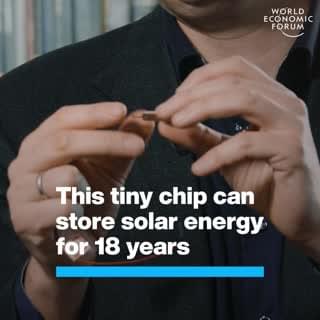
It contains a specially designed molecule that absorbs solar power
Take a closer look at the power of renewable energy: http://ow.ly/OGHF50IQ2Bb
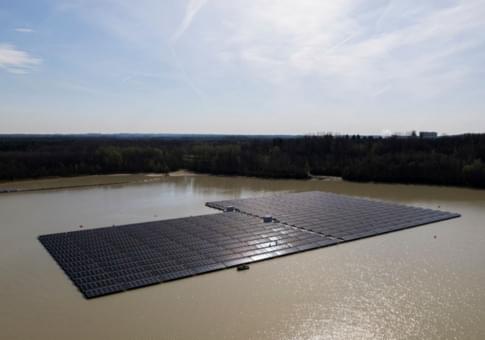
This German firm is building a floating solar plant on a quarry lake
Learn More.
World Economic Forum.
It could help the country cut its reliance on Russian oil. The plant will open 24 May.
Take a look here: http://ow.ly/EteQ50IJILv
A German company will switch on a floating solar power plant it has built on a quarry lake, a rapidly-installed, renewable technology it says could help wean the country off Russian fossil fuels.
BayWa r.e. said the photovoltaic (PV) plant at the family-owned Quarzwerke in the western German town of Haltern am See will be able to provide 3 megawatts (MW) of power, equivalent to a typical onshore wind turbine.
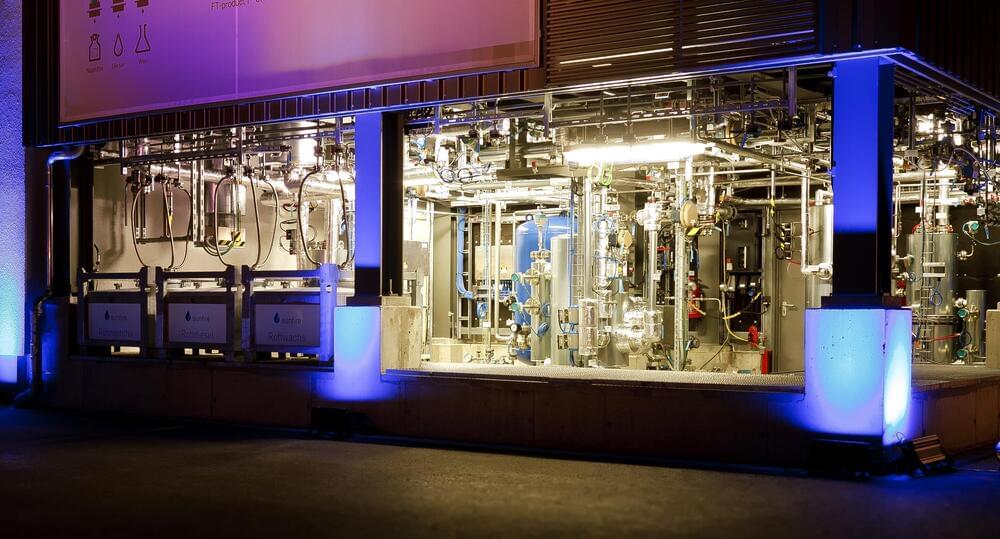
Reversible fuel cells can support grid economically, study finds
A major challenge for producers of electricity from solar panels and wind turbines is akin to capturing lightning in a bottle. Both solar and wind increasingly generate electricity amid little demand, when market prices are too low to cover costs. At noon on sunny days, for example, wholesale power prices in areas with high quantities of solar and wind occasionally fall below zero.
Some renewable energy producers store their excess electricity as green hydrogen, using the electricity to produce hydrogen from water—labeled “green” because the process emits no carbon dioxide. Used to create fuels, fertilizer, and other chemicals, the global hydrogen market is about $125 billion, and it’s growing briskly in part due to increased interest in hydrogen as a fuel for buses, trucks, and even ships. The problem is that producing hydrogen with electricity remains fairly expensive, so it’s only profitable to sell at the higher prices paid by lower-volume customers.
But now, researchers at Stanford University and at the University of Mannheim in Germany have found a possible solution: integrated reversible power-to-gas systems that can easily convert hydrogen back to electricity when power prices spike higher.
Capturing Solar Energy and Converting It to Electricity When Needed — Up to 18 Years Later
The researchers behind an energy system that makes it possible to capture solar energy, store it for up to eighteen years, and release it when and where it is needed have now taken the system a step further. After previously demonstrating how the energy can be extracted as heat, they have now succeeded in getting the system to produce electricity, by connecting it to a thermoelectric generator. Eventually, the research – developed at Chalmers University of Technology 0, Sweden – could lead to self-charging electronic gadgets that use stored solar energy on demand.
“This is a radically new way of generating electricity from solar energy. It means that we can use solar energy to produce electricity regardless of weather, time of day, season, or geographical location. It is a closed system that can operate without causing carbon dioxide emissions,” says research leader Kasper Moth-Poulsen, Professor at the Department of Chemistry and Chemical Engineering at Chalmers.
The researchers behind the solar energy system MOST, which makes it possible to capture solar energy, store it for up to 18 years, and release it when and where it is needed, have now taken the system a step further. After previously demonstrating how the energy can be extracted as heat, they have now succeeded in getting the system to produce electricity, by connecting it to a compact thermoelectric generator. The research, which was carried out at Chalmers University of Technology in Sweden, could eventually lead to self-charging gadgets that are powered on-demand by stored solar energy. Credit: Chalmers University of Technology.

Scientists decide how to prove out perovskite panels for space power
Perovskites, which have shown enormous potential as a new semiconductor for solar cells, are gaining attention as well as a potential next-generation technology to also power spacefaring missions. As scientists around the globe continue efforts toward harnessing the potential of perovskites on Earth, others are looking into how well the technology might work in the planet’s orbit.
A collaborative research effort to collectively address this important issue involving scientists from the National Renewable Laboratory (NREL) lays out guidelines to test the radiation-tolerating properties of perovskites intended for use in space.
“Radiation is not really a concern on Earth, but becomes increasingly intense as we move to higher and higher altitudes,” said Ahmad Kirmani, a postdoctoral researcher at NREL and lead author of the new paper, “Countdown to perovskite space launch: Guidelines to performing relevant radiation-hardness experiments,” which appears in Joule.

The Solar Energy Multiverse Keeps Expanding: Perovskites, Shape-Shifting Molecules, & More
Solar energy has barely scratched the surface of its potential to decarbonize the global economy in time to avert catastrophic warming.
For all the activity in the solar energy marketplace, PV technology has barely even begun to hit the global economy in full force. Huge solar arrays filled with rows of super-efficient silicon solar panels are just one piece of an expanding universe. With that in mind, here are 4 new developments that could kick the slow pace of change into high gear.
1. Distributed Solar Energy
Distributed renewables are a big deal for the US Department of Energy and other solar energy planners, but they generally don’t catch the media spotlight. That’s because they tend to be small. On an individual basis, distributed energy resources range down to the kilowatt scale. They are easily eclipsed by huge multi-million megawatt PV arrays.